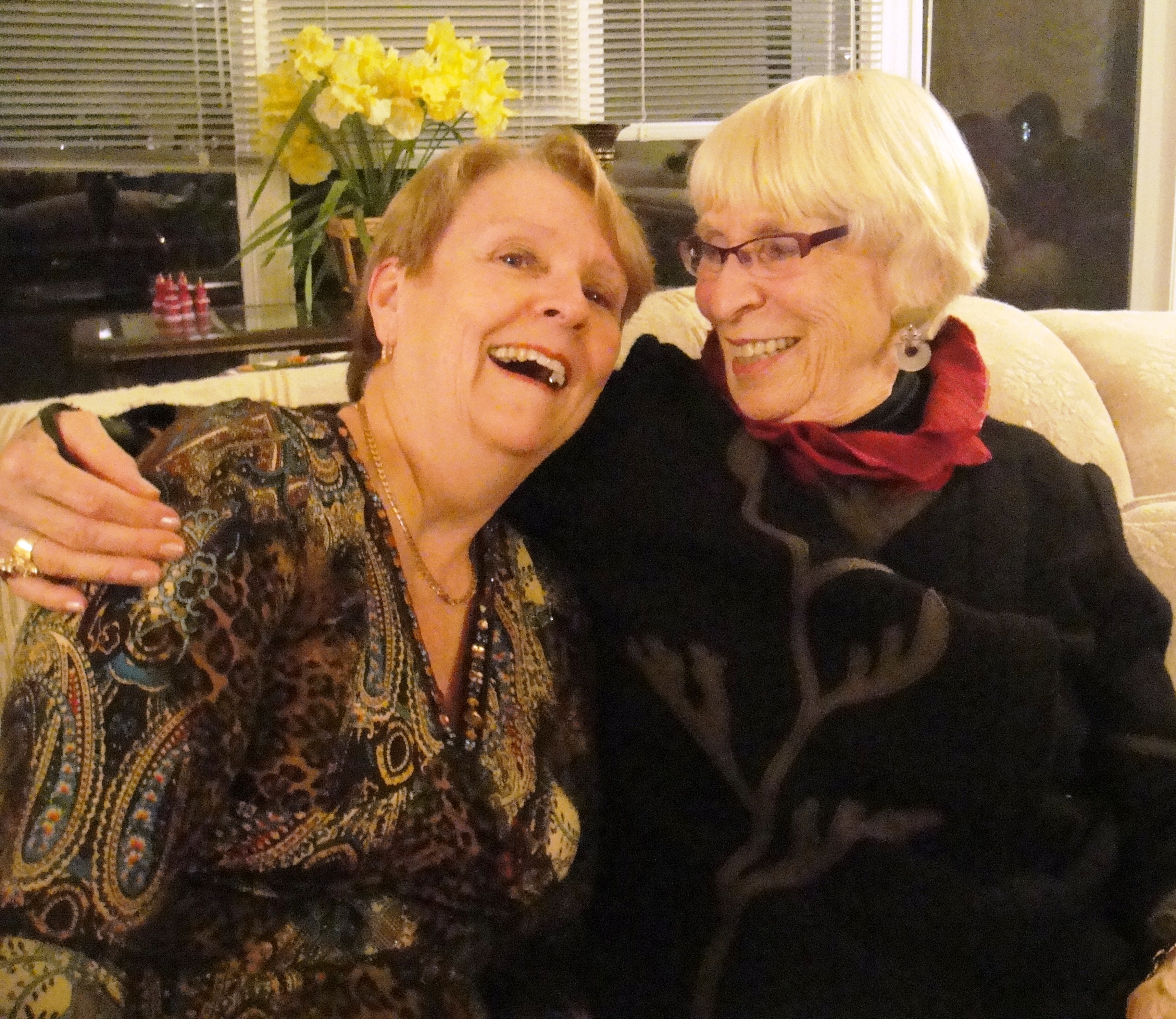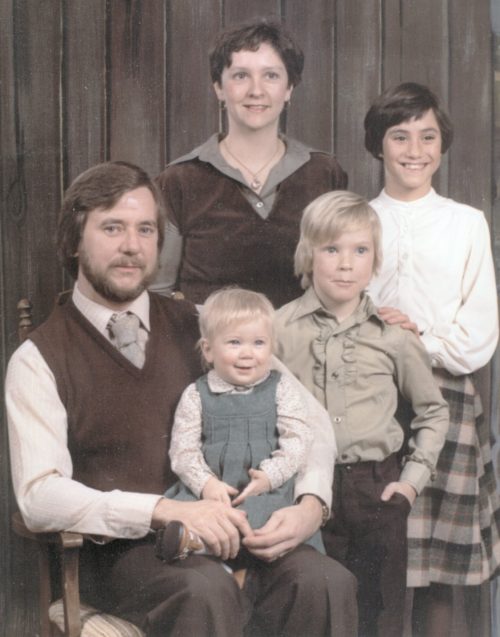Mental Health Tips for Kids: Questions Answered
 Mental Health Tips for Kids evolved out of a video series called Ask Patricia about Mental Health. Children and youth wanted to participate in the project. Indeed, all of us, no matter our age, are vulnerable to mental health challenges. Even children are called to find solutions and rebound with resilience. If they are fortunate, they have caregivers who clue into their need for emotional safety and facilitated problem solving.
Mental Health Tips for Kids evolved out of a video series called Ask Patricia about Mental Health. Children and youth wanted to participate in the project. Indeed, all of us, no matter our age, are vulnerable to mental health challenges. Even children are called to find solutions and rebound with resilience. If they are fortunate, they have caregivers who clue into their need for emotional safety and facilitated problem solving.
Statistic Canada gives us some insights into the prevalence of mental health challenges in kids and youth:
Just over 40% of Canadian youth aged 15 to 24 reported having excellent or very good mental health in late March and early April 2020, compared with 62% in 2018—the largest drop of any age group.
Also from Statistics Canada is:
(From 2019) . . . children and youth aged 5 to 17, 17% reported poor or fair mental health, and 5% reported a diagnosed anxiety disorder.
Hopefully since then, with more freedom of movement globally those numbers havecome down. Regardless, children are limited in their power, control, and range of choices making them vulnerable to mental and physical challenges. The good news is, with good-enough parenting and maturity, they can effectively manage increased freedom of choice and responsibility. It is important that both freedom and responsibility be measured out inch by inch by parents until they are fully capable.
Here are four conversations in which I attempted to put on my best mental health counsellor brain to support topics that concerned these young people. You will notice that I ask an appreciative inquiry type question, “What have you already tried?” When we help children identify what they have already done, we can:
- Acknowledge their efforts.
- Explore with them how well a strategy worked or did not.
- Nudge them to return to using an effective strategy.
- Support them in considering other solutions.
Question One: How to Deal with the Issue of Bullying
Our grandson asked, “What do I do when people bully me?”
When I ask, “What have you already tried?” He answered, “I told my mom and I told an adult.”
Mental Health Counsellor Answer
“That was a good call to tell your mom or an adult. The issue of bullying is just too much for you to take on by yourself.”
Most children do not understand the complexities of bullying nor have the maturity to deal with attacking behaviours. For that matter, neither do many adults.
In North American we have come a long way in not labeling people either a victim or a bully. Often there are dynamics present that we must sort out. Here are some key books that can help with the topic:
- The Mouse, the Monster and Me: Assertiveness for Young People by Pat Palmer. This is a children’s book that helps children know when they are being passive or aggressive in their relationships. Its availability is limited, so consider looking for used copies.
- The Bully, the Bullied, and the Bystander: From Preschool to High School–How Parents and Teachers Can Help Break the Cycle by Barbara Coloroso.
- The Family Virtues Guide: Simple Ways to Bring Out the Best in Our Children and Ourselves by Linda Kavelin Popov. Virtues include clusters of behavior that demonstrate good will to all. They include compassion, empathy, friendship skills, honesty, kindness, and respect. Popov proposes that rather than using the term and concepts of bullying, we ask, “What virtue was violated or dishonored?”
- No Such Thing as a Bully: Shred the Label, Save a Child, Bullyproofing Protection for Parents and Children by Kelly Kariu Kelly is on a mission to bring more kindness to our communities.
- Bully Free at Work by Valerie Cade was written to help the workforce to ensure an emotionally safe environment.
Question Two: A Desire to Demonstrate Love
While winking at me, our grandson also asked, “Grandma, how do I show love to my grandparents?”
After I asked, “What have you already tried?” he said, “Sitting on their laps, hugging them, and filming videos with them.”
Mental Health Counsellor Answer
After winking back, I suggested some other ideas for grandchildren to demonstrate love to their grandparents. They include:
- Regularly tell them, “I love you,” and “Thank you grandma/pa. I feel loved.”
- Give appreciation for all they do for you and describe what a difference they make to you.
- Send them photos of your activities and accomplishments.
- Invite them to your school, sports, family, and community events, especially when you are performing.
Note to grandparents: If you live far from your darling, see tips at Kerry Byrne’s website The Long Distance Grandparent https://thelongdistancegrandparent.com
Question Three: The Sadness of Stepsiblings Coming and Going
A preschooler told me that he feels sad when his brother and sister go to their bio-mom’s home. He wanted to know how to look after his overwhelming feelings. Oh! the insight of babes! When I asked, “What have you already tried?” He shared that he calls them, which helps him calm.
Mental Health Counsellor Answer
After affirming his separation anxiety, I reframed it as a sign of his deep love for his siblings. Then I offered a couple of other ideas:
- Arrange for the siblings to leave a special item for him to hold and/or look after during their absence. They might leave him responsible for a piece of clothing he could wear, a stuff animal or perhaps a pet.
- He could draw a picture, bake cookies, or create some other pleasant surprise for his siblings to receive upon their return.
Question Four: How to Deal with Shyness
A pre-teen female said, “Almost of my life I’ve been like a really, really shy person and having trouble, like actually talking to new people and stuff. What do you think I can do?”
When I asked, “What have you already tried?” she told me she sometimes tries to talk to people but it is hard for her.
Mental Health Counsellor Answer
After affirming that it’s hard for her and that she pushes herself to speak, I offered four steps to make new friends.
- Step One: This first step is a cultural RITUAL to check in with someone to see if they are interested in making connection. We say, “Hi, how are you?” You also want to make sure you respond to others when they ask, “Hi, how are you?”
- Step Two: Ask about GEOGRAPHY, meaning places. Examples include, “Where do you live? Do you live far away from here?” Do you live far from the school or close to the school? Where do you go for vacation? Where is your favorite place to be? Are your grandparents or aunts and uncles close or far away?” You can talk about places and the events that happen in places for quite a while. It is an emotionally safe topic, which seldom feels invasive.
- Step Three: Talk about ACTIVITIES. Share activities you enjoy and check if the other person enjoys the same ones. You might say, “I love reading novels about girls.” Then share some of your favorite novels. You can ask, “Do you read? What are your favorite books to read?” And if they don’t read then you may have to find another activity such as sports, television, movies, computers, videos, or hobbies. Here is an example: “Oh, I love soccer. Are you into any sports?”
- Step Four: Check whether this person is EMOTIONALLY SAFE. You can say something like, “Sometimes when I read those girl novels, I cry.” If the other person says, “Oh, don’t be so silly!” then you know that person is not comfortable with feelings, and is not emotionally safe. They may need to sort out some aspect of their life. However, if the other person says, “I sometimes cry when I watch sad movies about animals.” This is an indicator they are familiar with emotions, can express emotions, and can hear about yours. What a lovely beginning to a possible friendship.
One last idea is to access Tony Esteves’ book Talk2MorePeople. It is full of ideas for connecting with people.
My hope is that we build many emotionally safe spaces, including at home, school, and community, to enable children and youth to ask questions about their concerns. Their resilience will strengthen when we do so!





January 8, 2023 @ 11:22 pm
Such a good article!
January 11, 2023 @ 9:35 am
Thank you for your affirming comment.